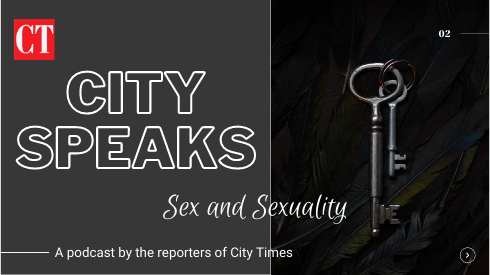A few weeks ago, a production of Luis Valdez’s “Zoot Suits” was performed at the San Diego Repertory’s Lyceum Theater.
The first Chicano play on Broadway, “Zoot Suits” recalls the true story of the Sleepy Lagoon incidents that occurred on Aug. 2nd 1942, involving Chicano youths who were wrongfully charged with a murder they did not commit.
Although there were no witnesses, or evidence to link them, seventeen boys were convicted for the felony. The majority of them were of Mexican origin and living in the most marginalized areas of Los Angeles.
The ethnic populations in California, Los Angeles in particular, were under siege.
Racial paranoia turned to the Mexican American community and incited by the media, society began to demonize zoot suiters blaming them for a “Mexican crime wave” and subsequently segregating them.
Eighty years after the incident, Valdez’s masterpiece reminds us of the racial profiling that minorities in this country are still exposed to every day; a judicial system that crucifies minorities before investigating. and a media that distorts the information to keep people misinformed and sedated.
“The play’s themes of racial tensions, social injustices and media hysteria are still relevant today,” reads an article by PBS.
While “Zoot Suits” played here; a few miles away in Anaheim, riots were sparked by the killing of two Latino men at the hands of police officers.
Many rounds of non-lethal “rubber bullets” were fired and a police dog was unleashed on the unarmed crowd of mostly women and children. There were no more than 200 people present.
The police response was astounding; disproportionate to the numbers and demeanor of the demonstrators.
According to a witness, “The police response was massive and overwhelming. Beside the camouflage and the riot gear, they had armored cars, police buses and vans, snipers on roofs, horses and riders. It really looked like a police state.”
As in 1942, and despite the abuses, most press coverage omitted information, choosing instead to stay sympathetic to the police.
The many similarities of the play and the riots are not a coincidence, We have a systemic problem of attacks against minorities due to the impunity that prevails in the department.
Police target minorities as criminal suspects and generations of communities of color are experiencing extreme stigma.
Here, Victor Ortega, a 31-year-old father of two was wrongfully killed by a San Diego police officer on June 4.
Officer Jonathan McCarthy shot Ortega in the back of the head while he was lying face down on the ground. McCarthy admits he shot Ortega because he was “tired.”
Ortega’s widow said medical examiner results revealed that both of his hands were handcuffed at the time of the killing.
This contrasts with what a SDPD lieutenant admitted: “At the time of the shooting, Ortega had one hand cuffed behind his back.”
Ortega’s last words to
officer Jonathan McCarthy were, “Are you kidding me?”
The police department justified themselves by saying “He shouldn’t be running.”
But Ortega’s family grieves and says “You’re supposed to be protecting families, not killing them.”
Racial discrimination remains a relevant issue in criminal justice in the U.S.
A majority of the population in prison is a community of color; 80 percent of convictions in the judicial system are for African Americans and Hispanics. 90 percent of inmates in federal prisons are African American.
And the brutality is not far from our campus.
On Sept. 5, an incident took place at the City College trolley stop involving three African American youths, brothers and an accompanying girlfriend were tasered and beaten by what looks to be 10 to 15 officers.
Video footage shows the brutality of their actions: the youths are being hit in the face and head.
The girl says “That’s my boyfriend.” and is immediately knocked to the ground. The brother reacts by yelling “Hey dude, that’s my brother,” which provokes the police to start tasering him, as if his concern for his sibling warrants it.
Some witnesses can be seen filming the incident and asking the police to stop. An officer approaches on of them and says “What are you doing? You cannot be filming that.”
Logically, the impunity and permission that officers have been given has caused incidents throughout the country; we have seen countless videos like this.
Each time, with each incident, the police department and other security forces grow more infamous and their abuse of power increases as they hide behind the protection of a uniform.
Their violent behavior and use of excessive force has created different controversies.
The slogan “Protect and serve” seems ironic and no longer corresponds to the symbol of authority that the police department wants us to respect, instead of that, we fear; the police department’s harassment over the years has been dehumanizing. And we will continue frightened if this culture of abuse persists.


